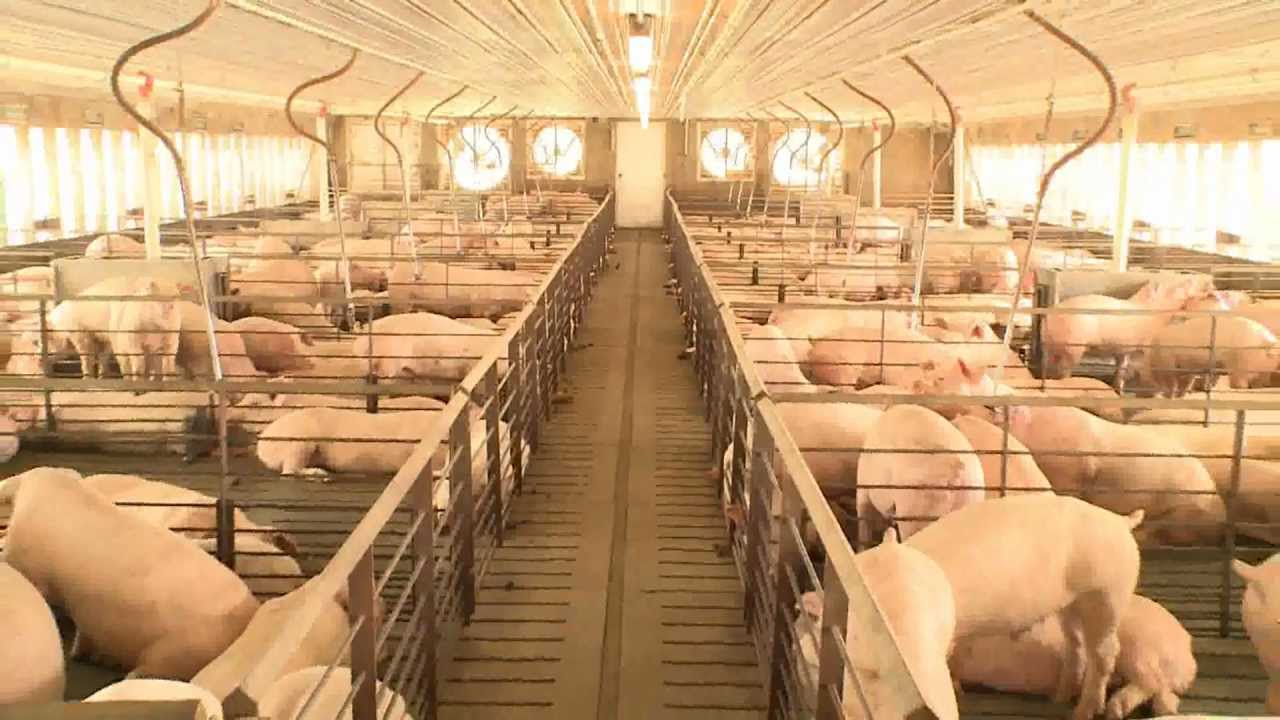Difficult year for Brazilian pig farming due to high production costs

Difficult year for Brazilian pig farming due to high production costs and high domestic availability of pork (advance in production and retraction in exports). Pig farmers’ margins were negative for practically the entire year. The independent producer’s losses reached BRL 300 per head in the first half, as happened in Santa Catarina. Bankruptcy and withdrawal from the activity occurred, mainly amid independent farmers with a more fragile capital structure, those who were already indebted in 2021. The increase in production that took place in Brazil is the result of investments made during the period when China suffered from ASF and increased its imports.
The most difficult period of 2022 was the first half, with a retraction in demand, both internal and external. Brazilian pork exports fell due to the retraction of purchases from China. There was, on the other hand, the expansion of sales to other destinations, such as the Philippines, Japan, Vietnam, which helped but were not enough to close the space left by China. Another point was the decrease in export prices. China suffered from depressed prices until mid-April, besides also being impacted by oversupply. The Chinese situation weighed in the first months of 2022.
The weak export price affected the margins of exporting industries and weighed negatively on live pig sales in Brazil. With the decline in margins, it is natural to look for lower prices when buying live animals. Excess supply weighed on the entire chain. Pork carcass fell so much that the exchange ratio against frozen chicken reached 1.2 in São Paulo, the lowest level registered over the last few years. In other words, with the price of 1.2 kilograms of frozen chicken, it was possible to buy a kilogram of pork carcass. In the first half of the year, a kilogram of live chicken traded in the São Paulo market was more expensive than pork. Inflation in Brazil climbed until June and interfered with household consumption decisions. It is worth mentioning that despite the attractiveness of pork, it ranks third in terms of predilection of Brazilians, staying behind beef and chicken.
Brazilian pork exports have improved in the second half of the year, with prices rising, with China more active in imports, with a leaner supply picture and taking advantage of Brazil’s attractive prices. It is worth noting that this Chinese picture is already changing, as will be discussed later. Live pig prices even managed to find highs in the Brazilian market in this second half, but were not able to meet the needs of pig farmers. Independent pig farmers adopted production adjustment measures, such as reducing the average weight of animals. The margins will close still tight in 2022, even with the increases registered in December. The big problem is that the supply level in Brazil remained high throughout the year and must continue to increase in 2023, thus maintaining the warning signal.
The high availability scenario in itself was already a major challenge for the sector in 2022, however, the production cost gave no respite due to the corn and soymeal stress situations. The international prices of several commodities had inflated prices during the year. Internal factors also weighed on input prices.
Read also
Wheat in Southern Brazil Impacted by Dry Weather and Frosts
Oilseed Industry. Leaders and Strategies in the Times of a Great Change
Black Sea & Danube Region: Oilseed and Vegoil Markets Within Ongoing Transfor...
Serbia. The drought will cause extremely high losses for farmers this year
2023/24 Safrinha Corn in Brazil 91% Harvested
Write to us
Our manager will contact you soon



